#i even colorized Westminster Abbey accurately!
Text
I spent 3 days colorizing Chain Of Thorns arts, please tell me it looks good🙇🏼♀️

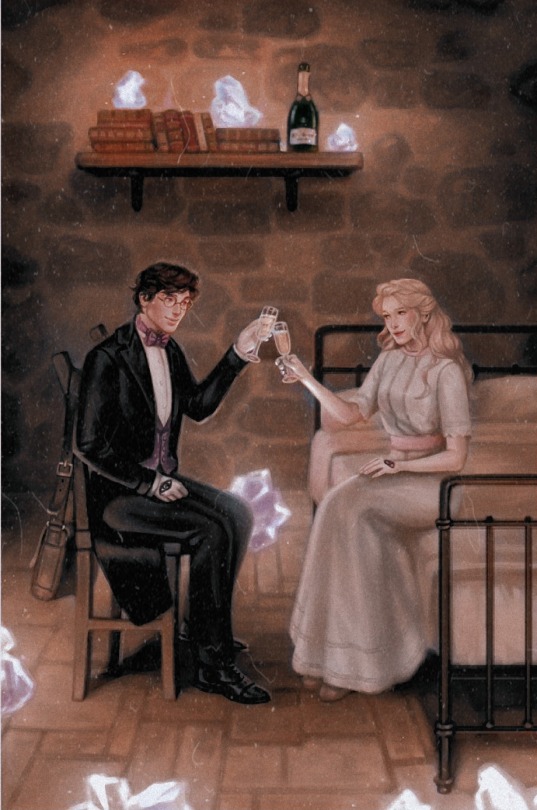
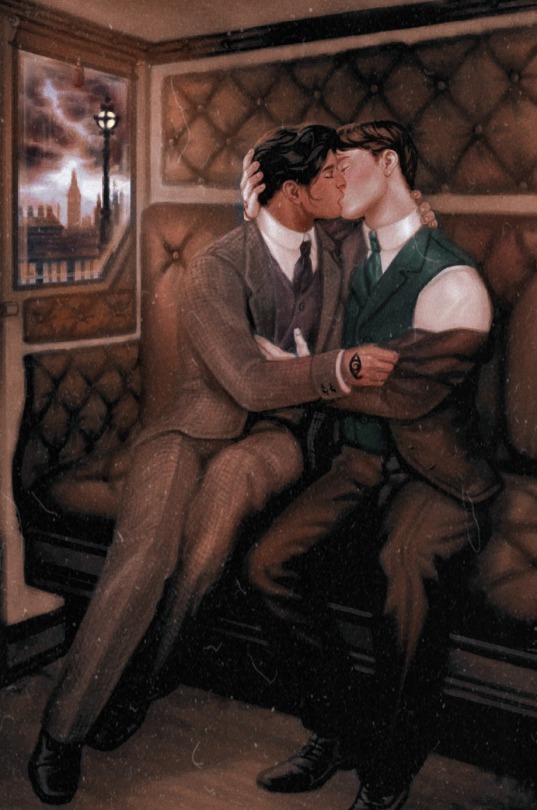
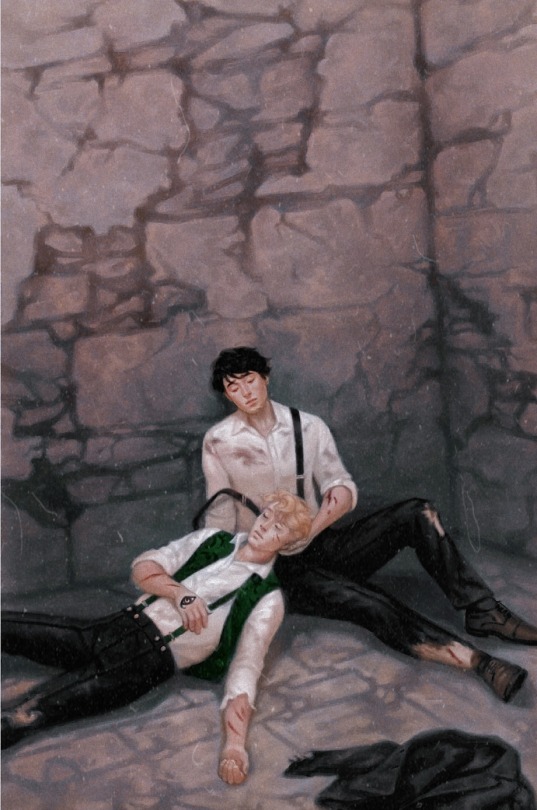


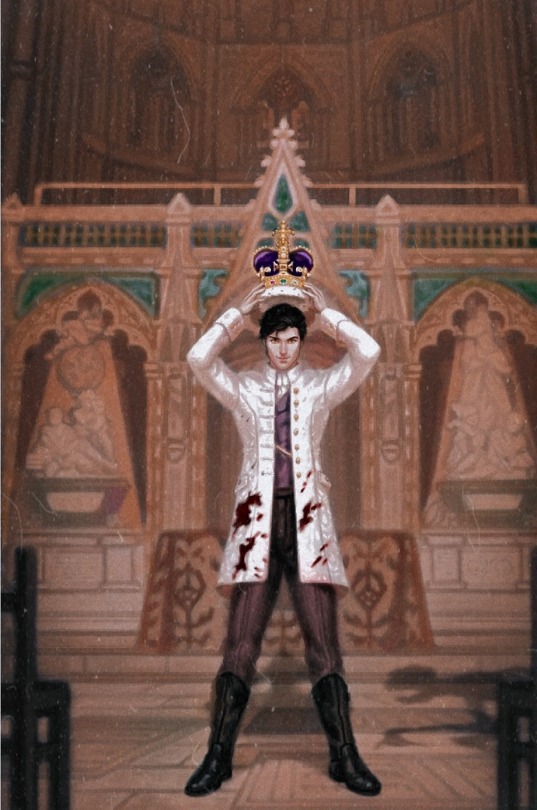
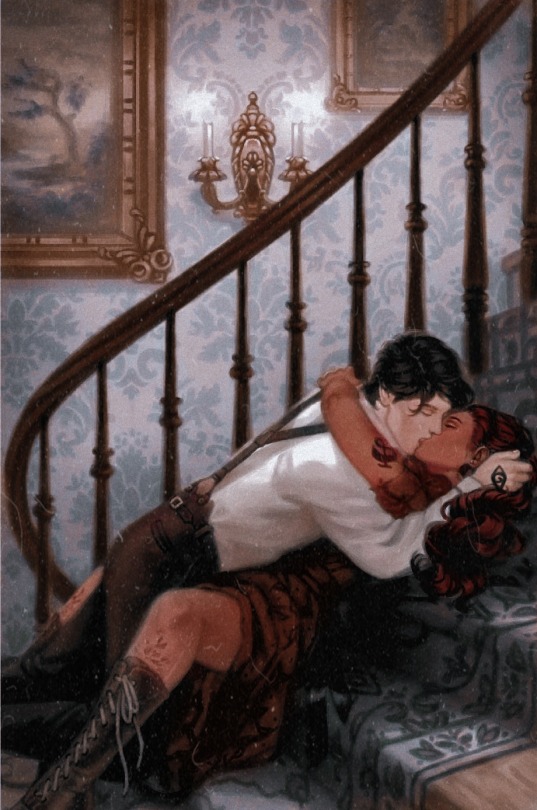
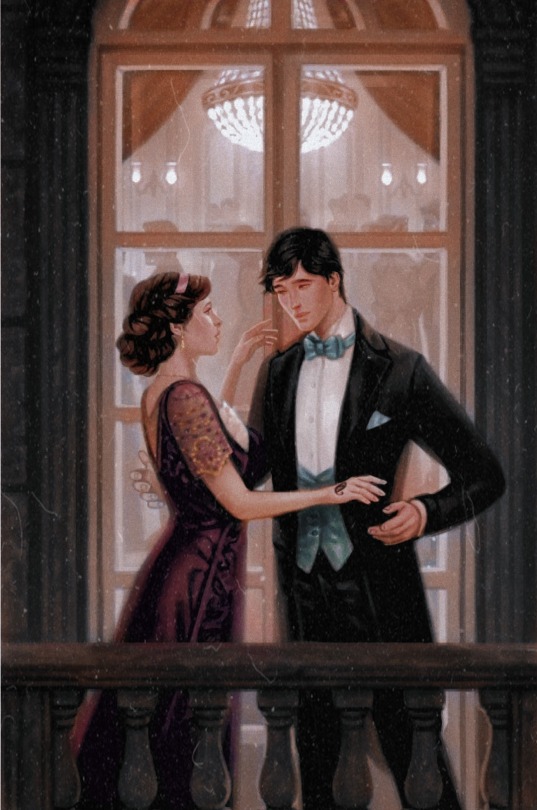
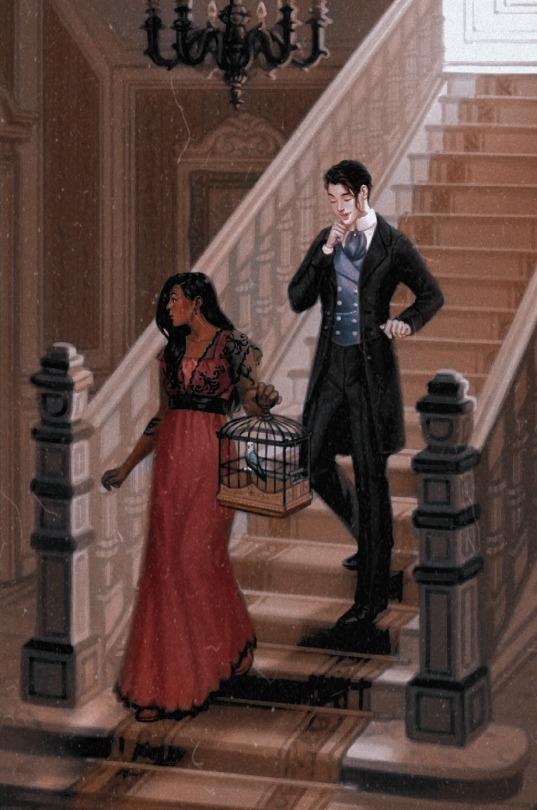
I know that someone has already made a similar post and they inspired me to make my own version, but I don't remember their username😭pls let me know if you remember, so I can tag them
#*exhausted sounds*#I'm still not satisfied enough with James aka Belial and Jordelia ones#but i did everything i could#i even colorized Westminster Abbey accurately!#😮💨#chot#chain of thorns#tlh#jordelia#fairstairs#arianna#thomastair#grace blackthorn#christopher lightwood#ghostwriter#lucie herondale#jesse blackthorn#matthew fairchild#shadowhunters
620 notes
·
View notes
Text
the Gothic arts
Gothic art was a medieval art movement that arose in France in the early 1100's/1200’s through a particular architectural style and came to a gradual yet influential end around the 1600’s. Buildings such as the abbey of Saint-Denis and notre-dame de paris are both early examples of gothic architecture. gothic architecture was characterised by Grand, tall designs which escalated upward with hight and intricate grace. Although the word ‘gothic’ tends to be associated with dark, lifeless subjects the architecture itself aimed to create light, pleasant and spacious buildings. Before the gothic, architecture was at most functional. Gothic made it beautiful. Some of the finest examples of the style include the cathedrals of Chartres, Reims and Amiens. The term was also used to describe sculpture and painting that demonstrated a greater degree of naturalism.
With the rise of gothic architecture came the birth of stain glass. During the Gothic period and the Renaissance stained glass was one of the foremost techniques of painting practiced in Europe. It may seem wrong to call stained glass a form of painting, but in fact it is. The surfaces of each piece of glass are painted in a wide range of dark tones. One of the most widespread forms of painting, stained glass inspired the lives of the faithful through religious narratives in churches and cloisters, celebrated family and political ties in city halls, and even decorated the windows of private houses some of the most powerful art produced in the High Middle Ages were stained-glass
Gothic sculpture first came about along side its architecture through detailed carvings and figures created to decorate and characterize the buildings. The earliest forms of gothic sculpture were stone figures of saints and people that were considered ‘holy’. The figures depicted at chartres cathedral are some of the earliest known Forms of gothic sculpture. Strasbourg cathedral houses a sculpture called ‘the adoration of maggie’. A much later made sculpture, It gives a short snap of the birth of jesus christ and the three kings. this not only is a form of sculpture and architecture, but it too tells a story. This same tale has been told through other sculpture and painting too. Much alike to most gothic sculpture, it is extremely biblical.
Early, Widely recognised gothic sculptures are gargoyles. Gargoyles are carved animal like figures with a spout (usually being the mouth) designed to convey water from the sides and roof of a building to avoid erosion. Gargoyles were often designed in a rather frightening aggressive way to ward off any evil spirits around the cathedrals.
After looking at gothic sculptural work it is clear that the main recurring subject is religion, more specifically bible orientated. This mainly being down to the fact that the architecture itself was born through buildings that housed bible lead religions. In alot of ways i personally would consider gothic art to be a form of propaganda.
Many artists and architects helped shape the gothic movement and leave too us the great chapels and churches of these times. Giotto Di Bondone was perhaps one of the most influential of these artists. Giotto was an italian painter and architect from the middle ages whos work resinates with the gothic style and movement. Giottos most famous artwork is the decoration of the Scrovegni Chapel, in Padua. Giotto and his team covered all the internal surfaces of chapel with frescos, including the walls and the ceiling. The largest element is detailed cycles showing the Life of Christ and the Life of the Virgin. The wall at the rear of the church, through which the chapel is entered, has a large Last Judgement. Not only does Giotto stay true to the grand uplifting colors and elements of the gothic style, but he shaped the way we view the art of painting as we know it today, introducing the technique of drawing accurately from life, wich was considerd wrong until this time.
Gothic painting. Much alike to its sculpture, grew through religious ideology and only became large scale around the 14th century when it began getting used for decorating the ornamental panel behind the alter of a church. most Gothic painters worked on wooden panels. Nevertheless, some churches have mural paintings in chapels. These panels known as ‘retables’ were painted in tempera or in oils on a wooden panel. The color scale is richer and more varied than that of the Romanesque period beforehand. A fantastic example of this is the ‘westminster retable’. It is thought to have been donated by Henry III of England as part of his Gothic redesign of the westminster Abbey
The Gothic era produced many small paintings on wood and canvas, and furniture with paintings on the inside. Miniaturists were also active, particularly during the thirteenth and fourteenth centuries. In the fifteenth century, however, the discovery, first of the woodcut, and then of printing led to a gradual decline in their production. The calendar illustrations in the ‘Très Riches Heures du duc de Berry’ by the Limbourg brothers, are perhaps the most eloquent statements of the Gothic style as well as the best known of all manuscript illuminations.
I began studying the gothic movement with a completely misinterpreted mind set. The movement itself bares absolutely no link with today's use of the word ‘goth’ or ‘gothic’ and should be considered as a movement, to be completely different.
Without the movement and the artists that influenced it today would be very different. gothic works of the early medieval ages paved the way for forms of literature and at after the movement was considered to come to an end. Bram stoker's ‘dracula’ is a fine example of gothic literature. The book itself was based on and inspired by the ‘whitby abbey’ a gothic 7th century christian monastery. Other book writers also drew much of their inspiration from gothic architecture such as mary shelley for ‘frankenstein’.
What i find to be interesting, is how something designed and created to represent such mightiness and grace. Has influenced people in such a dark horrible way to produce works that would completely change the way we view gothic art but how we would create it from this point on.
2 notes
·
View notes